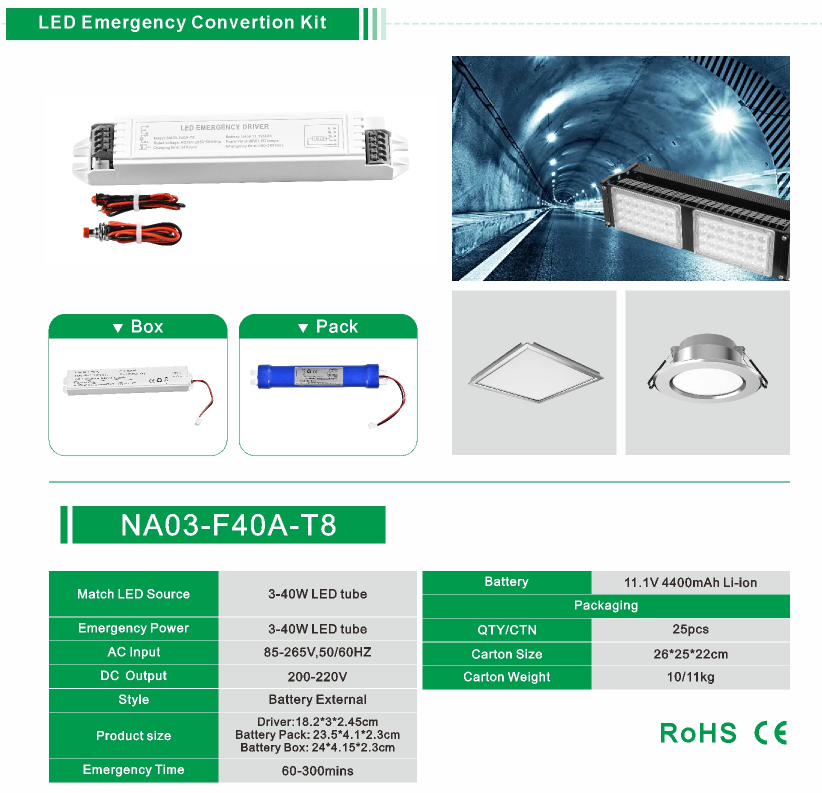LED emergency drivers are devices that provide backup power to LED lighting fixtures during a power outage or other emergency situation. They are designed to ensure that critical areas, such as hospitals, schools, and other public buildings, remain illuminated and safe during power outages.
LED emergency drivers work by converting the AC power supplied by the electrical grid into DC power that is used to power the LED fixtures. They typically consist of a battery backup, a charger, and a control circuit that monitors the power supply and switches to the backup power source when the main power is lost. The battery backup can be either a built-in rechargeable battery or a separate external battery.
LED emergency drivers are commonly used in conjunction with LED Emergency Ceiling Light, which are highly efficient and consume less energy than traditional lighting sources. This makes them an ideal choice for emergency lighting applications, as they can provide bright, long-lasting illumination while consuming less energy than traditional lighting sources.

Compatibility: Ensure that the emergency battery is compatible with the LED lighting system you have. Look for batteries that are designed to work with the voltage and power requirements of your LED lights.
Battery capacity: The capacity of the LED emergency battery backup is important as it determines how long the emergency lights will run during a power outage. Look for a battery with a capacity that meets the needs of your lighting system.
Battery type: There are two main types of batteries used for emergency lighting - nickel-cadmium (Ni-Cd) and nickel-metal hydride (Ni-MH). Ni-MH batteries are typically more expensive, but they offer better performance and last longer.
Charging time: Look for a battery that has a short charging time, so that the lights are ready to use quickly in the event of a power outage.
Maintenance: Consider the maintenance requirements of the battery. Some batteries may require regular maintenance, such as periodic discharge and recharge cycles, to maintain their performance and extend their lifespan.
Certifications: Look for emergency lighting batteries that meet industry standards and have been certified by reputable organizations. This can ensure that the battery is reliable and safe to use.
Warranty: Consider the warranty offered with the battery. A longer warranty can give you peace of mind that you are investing in a quality product that will last.
Overall, it's important to choose an LED lighting emergency battery that is compatible with your system, has the right capacity, and meets your needs for performance, maintenance, certifications, and warranty.
Previous: NKE90C 350kwh electric dump truck
Next: None.
Copyright:@2020-2021
Comments Please sign in or sign up to post.
0
0 of 500 characters used